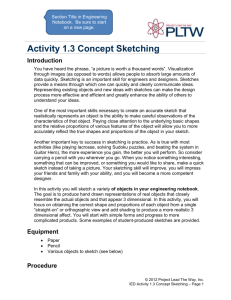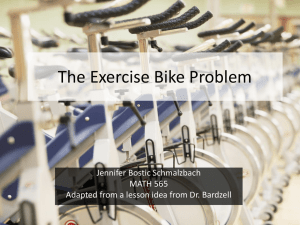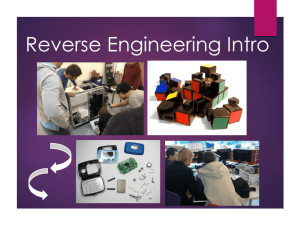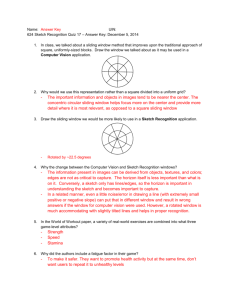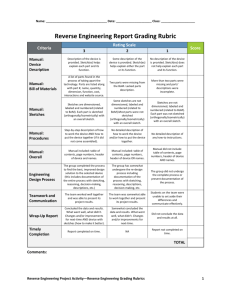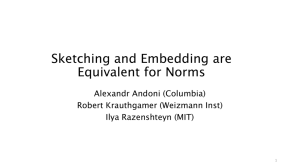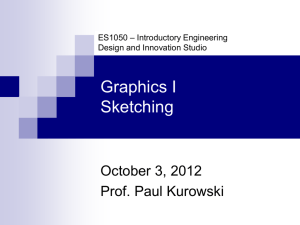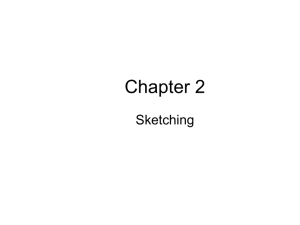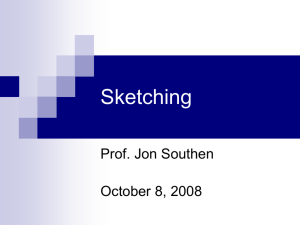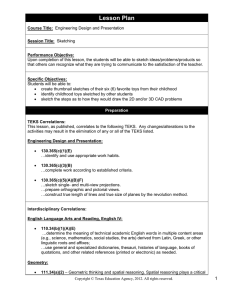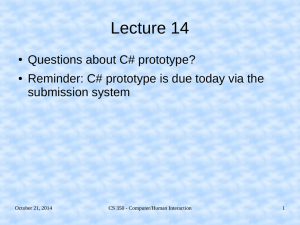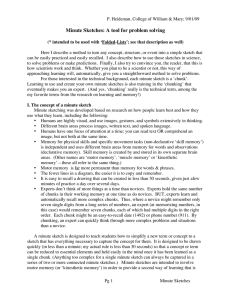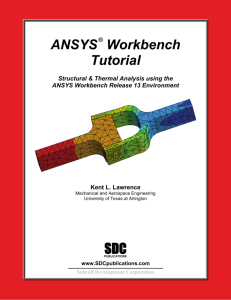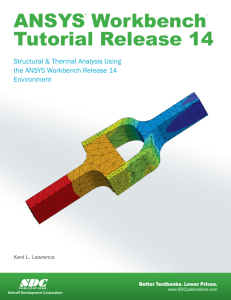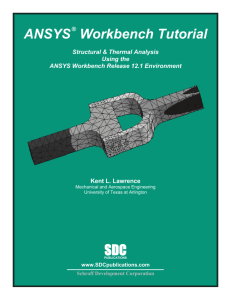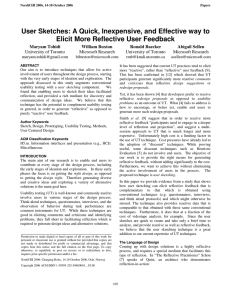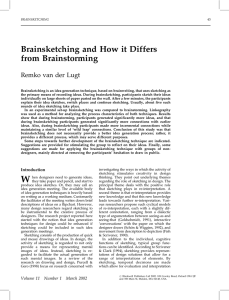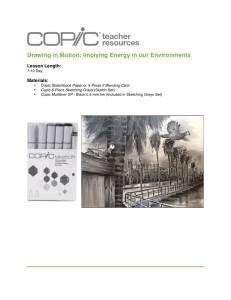Vocabulary
advertisement
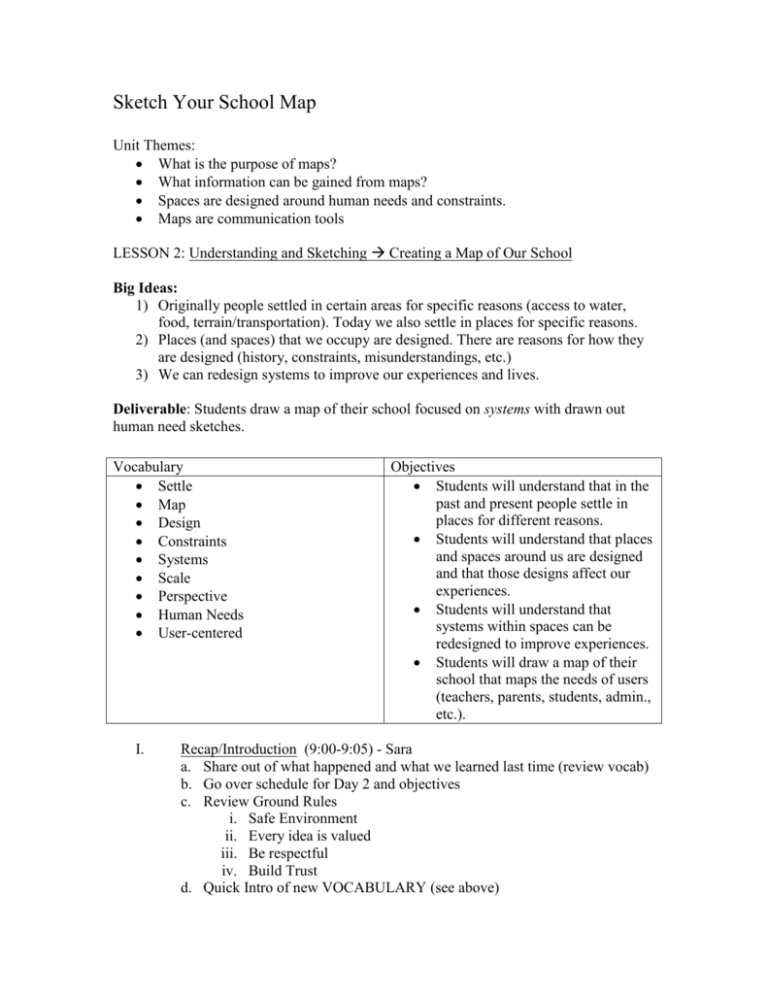
Sketch Your School Map Unit Themes: What is the purpose of maps? What information can be gained from maps? Spaces are designed around human needs and constraints. Maps are communication tools LESSON 2: Understanding and Sketching Creating a Map of Our School Big Ideas: 1) Originally people settled in certain areas for specific reasons (access to water, food, terrain/transportation). Today we also settle in places for specific reasons. 2) Places (and spaces) that we occupy are designed. There are reasons for how they are designed (history, constraints, misunderstandings, etc.) 3) We can redesign systems to improve our experiences and lives. Deliverable: Students draw a map of their school focused on systems with drawn out human need sketches. Vocabulary Settle Map Design Constraints Systems Scale Perspective Human Needs User-centered I. Objectives Students will understand that in the past and present people settle in places for different reasons. Students will understand that places and spaces around us are designed and that those designs affect our experiences. Students will understand that systems within spaces can be redesigned to improve experiences. Students will draw a map of their school that maps the needs of users (teachers, parents, students, admin., etc.). Recap/Introduction (9:00-9:05) - Sara a. Share out of what happened and what we learned last time (review vocab) b. Go over schedule for Day 2 and objectives c. Review Ground Rules i. Safe Environment ii. Every idea is valued iii. Be respectful iv. Build Trust d. Quick Intro of new VOCABULARY (see above) II. Understanding Needs (cont) (9:05-9:15) - Rich a. Review list of needs generated during “The Story of My School” activity on Day 1. b. Explore needs of different users at EPAA (teachers, younger kids, middleschoolers, administration, parents, etc.) by “Pretending you are…” one of those users. One group of 5 7th graders will pretend to be the parents, one group the teachers, etc. Each group will generate a list of additional needs of that specific user group. [Can go through a day in the life of ___] [Could do “Hot Seat” too] III. Understanding How Maps Connect with Needs (9:15-9:30) Rich a. Example from the past- settlers to the West (Bay Area) (5 minutes) Students look at map of the Bay Area during the 1800s. “What can you tell from looking at this map? What information does this map convey to us?” (where the water is, elevation, transportation, weather/climate, etc.) “What do you think settlers to the west were looking for in a place to live? What were their needs? Based on this map, where do you think they would settle? Why?” b. Connection to present- “Now, let’s look at this modern day map of the Bay Area. What information do these maps convey?” (transportation lines, elevation, cities, landforms, climate, etc.) Now you’re going to pick where you would like to live in the Bay Area based on three ‘needs’ of yours (transportation, elevation, proximity to coastline). (5 minutes) Students put post-its on Bay Area map saying why they chose to live there. c. “There are other reasons than the ones we mentioned in terms of choosing where to live. What might be some of those other needs?” (Get volunteers). “Those needs aren’t represented on the maps we have. We are going to do something about that!” (3 minutes) d. “You are going to make a map of your school that highlights the needs on it. It will look better than this (show example). You have the needs already, but we need to do a quick explanation/mini-lesson on a skill that will really help you in creating your maps: sketching.” (2 minutes) IV. Sketching Mini-Lesson (9:30-9:50) - Rich a. Warm-up- with circles and dots on the edge of the page (3 minutes) Object is to get used to rapid and imperfect drawings, warm up hands/arms b. Scale and Perspective highlights (10 minutes) Coach draws a stick figure with a house beside it, the house being shorter than the person. “What is this (point to house)? This is the level of skill we’re talking about for sketching—you just need to get your idea across, it should not be detailed and perfect. Why? This is my friend Chris. What do you know about Chris? He’s really tall!! What told you that? Yes, the scale of the drawing. Be careful about this—make sure to sketch things in relative size to each other.” “The second thing to think about is perspective. Feel free to change the perspective of any of your sketches—draw them from a bird’s eye view, from eye level, or any that you choose. How would we draw this desk from a number of different perspectives? Why would we choose to sketch it in one perspective rather than another? From what perspective are these maps drawn from? Why?” c. Practice sketching- “Now we’re going to do a few sketches thinking about scale and perspective.” (Have students draw 3 or 4 things with descriptions). (7 minutes) V. Creating Maps of EPAA with Needs (9:50-10:15) - Jaime a. Students are in groups of 4-5 with at least one adult coach each. Each group gets a big chart paper. b. Group decides what part of school to sketch (which system(s)) and what perspective to sketch it in. Group decides on rough scale to use as well. c. Group sketches the map of their school with additional blow-ups to highlight the needs of various users in that particular area. d. Coaches encourage iteration. Groups can get another look at that particular area in the school to improve their sketches or add more needs. VI. Recap of Day (9:15-9:22) - Sara a. New Vocabulary- Fill in blanks (passage) b. Check in on whether we accomplished our objectives for Day 2 VII. Reflection (9:22-9:30) - Ugochi a. I like/I wish (plus/delta chart)


